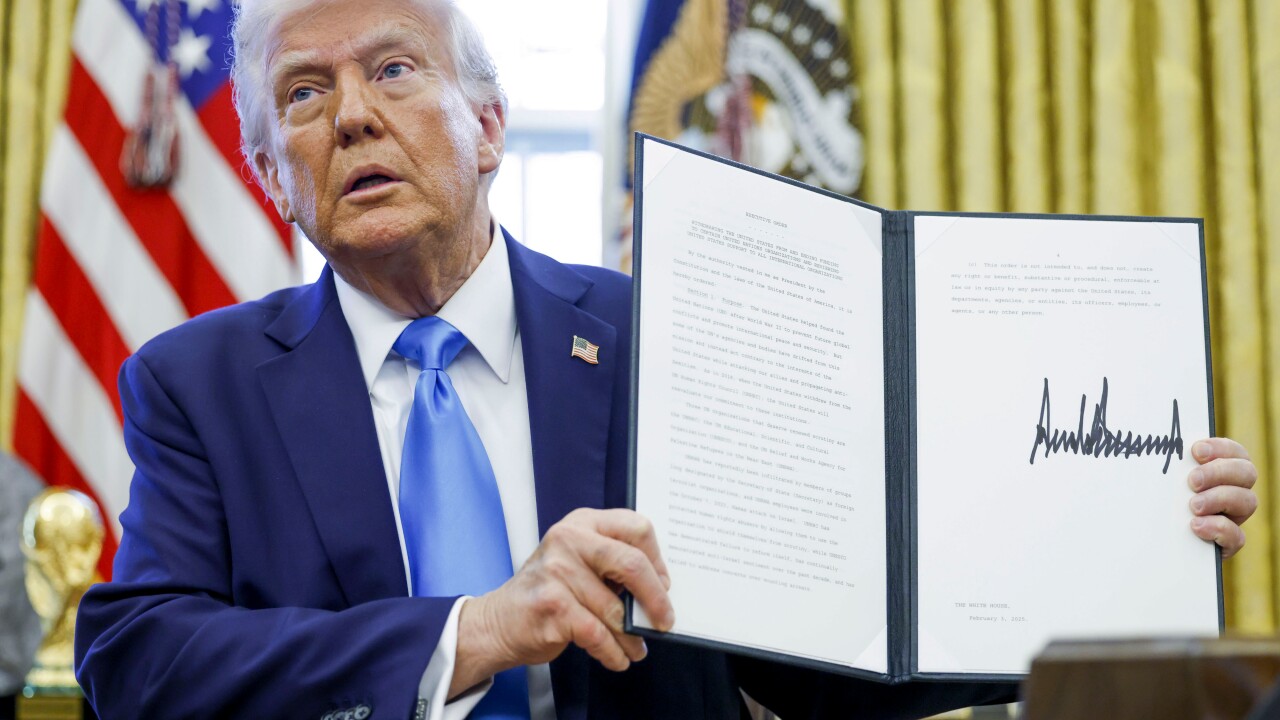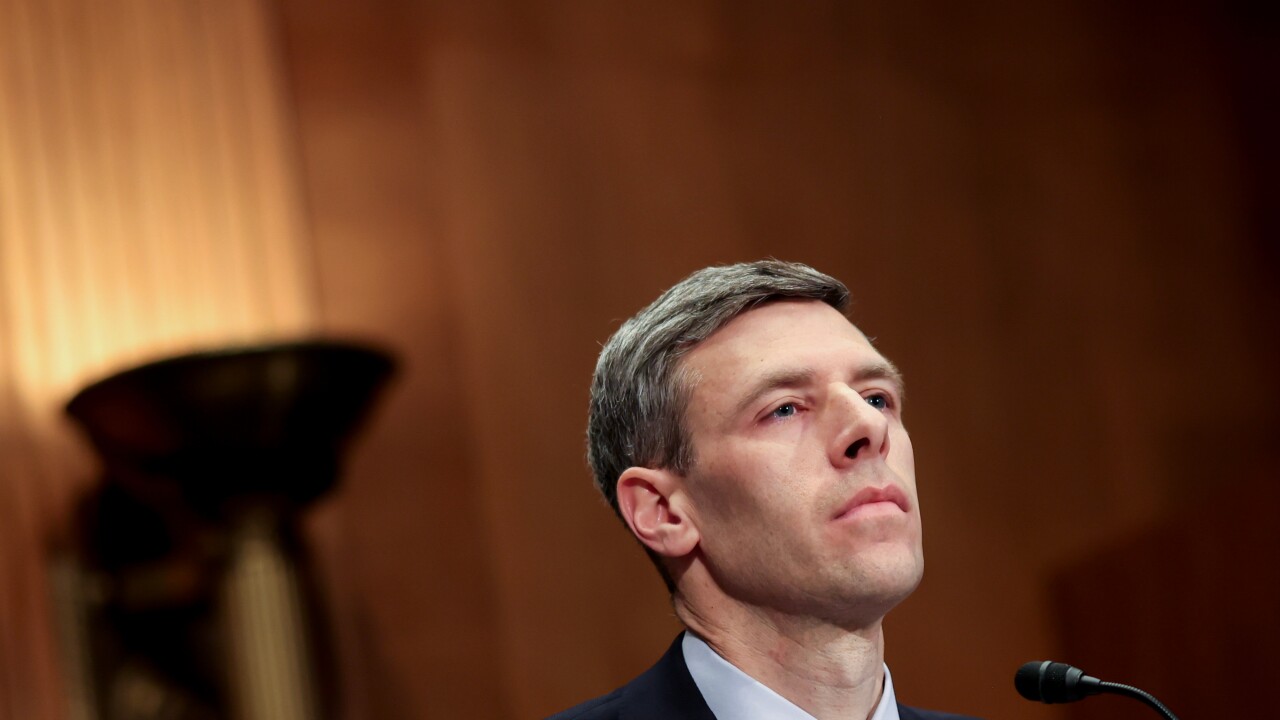
UMB Financial, which finalized the largest acquisition in its history earlier this year, is on track to complete a systems conversion this fall that's expected to deliver another round of cost savings.
The Kansas City, Missouri-based bank already tested its conversion plans and procedures on Heartland Financial USA locations in Minnesota and "the process went smoothly," CEO Mariner Kemper told analysts Wednesday during a call to discuss the bank's second-quarter results.
UMB
The rest of the systems conversion is expected to take place in mid-October. When the shift happens, "the next big slug" of expenses savings will be realized, Chief Financial Officer Ram Shankar said on the call. UMB has targeted about $124 million in total cost savings, the bulk of which will come through during the fourth quarter of this year and the first quarter of next year.
Shankar declined on Wednesday to provide expense growth projections for the $71.8 billion-asset bank, but he said that the bank's intention is to achieve positive operating leverage.
"We do expect to get the full saves that we projected"
Second-quarter results for UMB,
Earnings per share were $2.82, blowing past the estimated $2.04 that analysts polled by S&P Capital IQ had predicted.
Revenue came in at $689.2 million, up from $390 million in the year-ago period, the bank said.
Noninterest expenses were $393.2 million, or $380 million excluding acquisition and severance expenses along with a Federal Deposit Insurance Corp. special assessment. Notable expense items during the quarter included higher salary and wage costs, reflecting the impact of bringing on Heartland's workforce; $7.7 million of charitable contributions; and $3.3 million in market and business development costs due to more travel and entertainment expenses, the bank said.
Acquisition-related costs were $13.5 million for the quarter, down from $53.2 million in the first quarter of the year.
Average loans surged 52.9% year over year, a result of organic loan growth and the impact of bringing on Heartland's loan portfolio. Average deposits were up 62% from the year-ago period, and like loans, reflected organic growth as well as a full quarter of legacy Heartland deposits.
One of UMB's deposit categories is health care services, which includes deposits in health savings accounts. UMB is one of the largest HSA providers in the country.
Read more about bank earnings:
Just a few weeks ago, the company was
However, the impact of the
In response to a question about how UMB thinks the new HSA rules will impact the growth of deposits and fees, UMB Bank President and CEO James Rine said it's less than expected.
"Originally, it was going to be much more sweeping and would open it up to roughly 20 million [more people]," Rine said. "Right now we anticipate that number to be around 7 million."
"While we do view it as an opportunity … we don't anticipate it being a huge windfall for our HSA business," Rine added. "We feel it will be more on the margin."





